Some 1918 Double Die Reverses are known to have a die crack from the buffalo’s tail to the rim and some have a die clash or two in the area of the doubling, the EPU. So the natural question, and one everyone is asking, is “Which came first, the die clash or the die crack?” While re-organizing my coins the other day, I found a misplaced coin and it holds the answer. However, first some suspense.
Case A. The first 1918 DDRs off the mint’s press had neither a die crack nor a die clash. Below is such an example, in a PCGS F15 holder.
In the above two images the first shows part of EPU. Some of the doubling to the North is highlighted in the second image. You can see the doubling, in some cases as extra width. The doubling shows particularly well at the top of the B. Note also the small size of the holes inside the P, R and B.
The next image is of the tail area showing no die break leading to the rim. The final image shows a larger view of the reverse to provide some context.
Case D. The last 1918 DDRs off the mint’s press had a die crack and at least two die clashes. Below is such an example in a PCGS AG3 holder, but much nicer in my opinion.
Because of the coin’s low grade and because the mint did a good job removing them, the die clashes are difficult to see. The first image shows the vertical portion of the die clashes above EPU while the second has them highlighted. The near vertical portions of the clashes approximately go through the top of the L and a little to the East almost through the top of the West arm of the U, both to about the height of the top of the E.
Above is an image of the tail of the Buffalo with die crack to the rim while the second image shows the die crack highlighted. The final image is a larger view of the reverse.
Case C. In between the mint produced a 1918 DDR with one die crack and one clash. Below is an example in a PCGS VF35 holder.
Above is an image of EPU with the die crash highlighted in the second image. Note how this die clash is very close to the E but that the West edge lines up fairly well with the West edge of the die clash in the two die clash case above. The West edge is the sharper edge of the clash and could not be removed by the mint as well as the East edge in the two clash case, D.
Above is an image of the tail with a slightly narrower die crack than in the two clash case, D. And finally, a larger image of the reverse.
Case B. This leaves the missing link. Does it have a die clash and no die crack or a die crack and no die clash? Well, the raw coin (Fine+) below answers the question, but it also raises a new one.
The first image indicates the missing link has a die clash, part of which is highlighted in the second image. The third image indicates it does not have a die crack. Question answered. Or is it?
…..
I think the the first die clash did occur before the die crack. The above coin in Case B does seem to answer that question definitively. However, we have a new question/problem. If you look closely at the die clash above, the strong West edge goes through the top of the L. However, the strong West edge of the clash on the one clash one crack Case C coin is not in the same location. It is much further to the East, distinctly to the East of the L. It is not the same die clash! What’s going on? The die clash on the coin with no die crack is not the same as the die clash on the coin with a die crack.
Apparently, after the above Case B coin was minted, the mint did an excellent job of abrading away the die clash. This would fit with the different coins imaged above.
- Case A coins are minted with no die crack and no die clashes.
- Case B coins are minted with a “Western” die clash and no die crack.
- Before Case C coins are minted, the Western die clash is abraded away. This could occur before or after the die crack appears.
- Class C coins are minted with an Eastern die clash and a die crack. This Eastern die clash may have occurred before, after or simultaneous with the die crack. At this point we have no coins to answer these questions.
- Finally, Class D coins are minted with both an Eastern and a Western die clash.
It is a bit disconcerting that I can find no trace of abrasion in the area of this Western die clash on the Case C coin (one Eastern die clash and one die crack). The only visible mark in the area curves the wrong way to be a clash mark. However, maybe the mint did a truly excellent job of abrading away the clash marks. Some of the Two Feather buffaloes also show no trace of abrasion lines in the area of the missing third feather.
Of course, this die clashing and cleaning up of die clashes could go on multiple times. This would mean that perhaps the original question has multiple answers. Perhaps there is a 1918 DDR out there with a die crack but no die clash visible  Not as clean a picture as I had expected when I began, but at least we do know that at least one die clash occurred before the die crack appeared. Enjoy!
Not as clean a picture as I had expected when I began, but at least we do know that at least one die clash occurred before the die crack appeared. Enjoy!

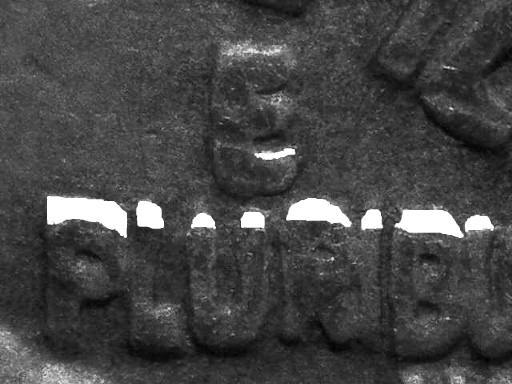
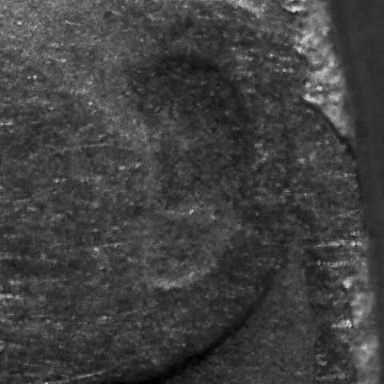

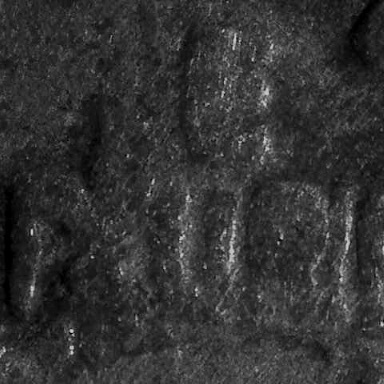
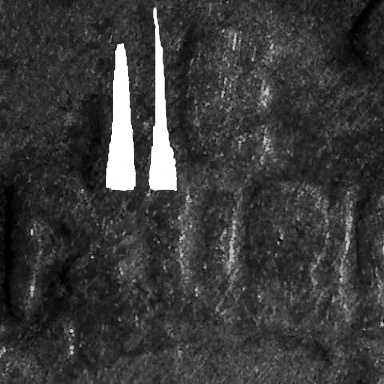
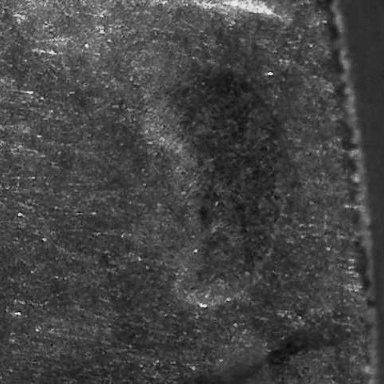

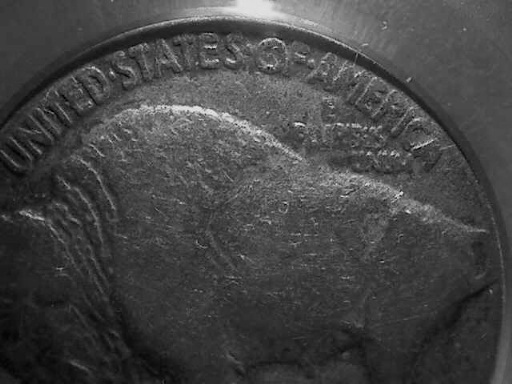
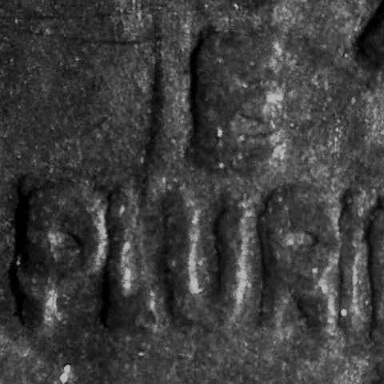
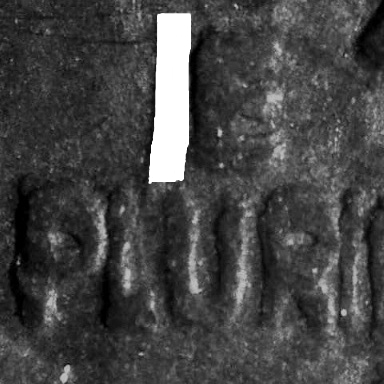

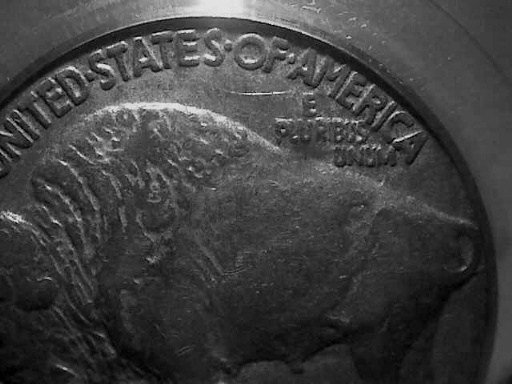
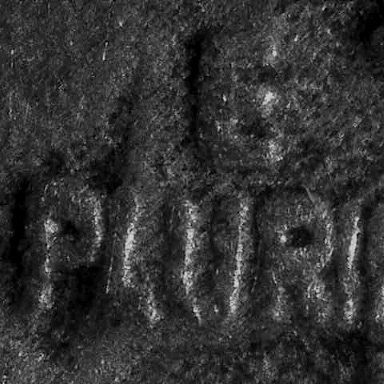
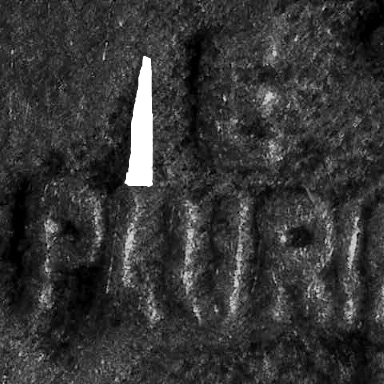
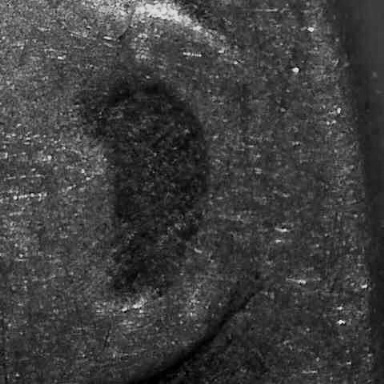
Leave a Reply
You must be logged in to post a comment.